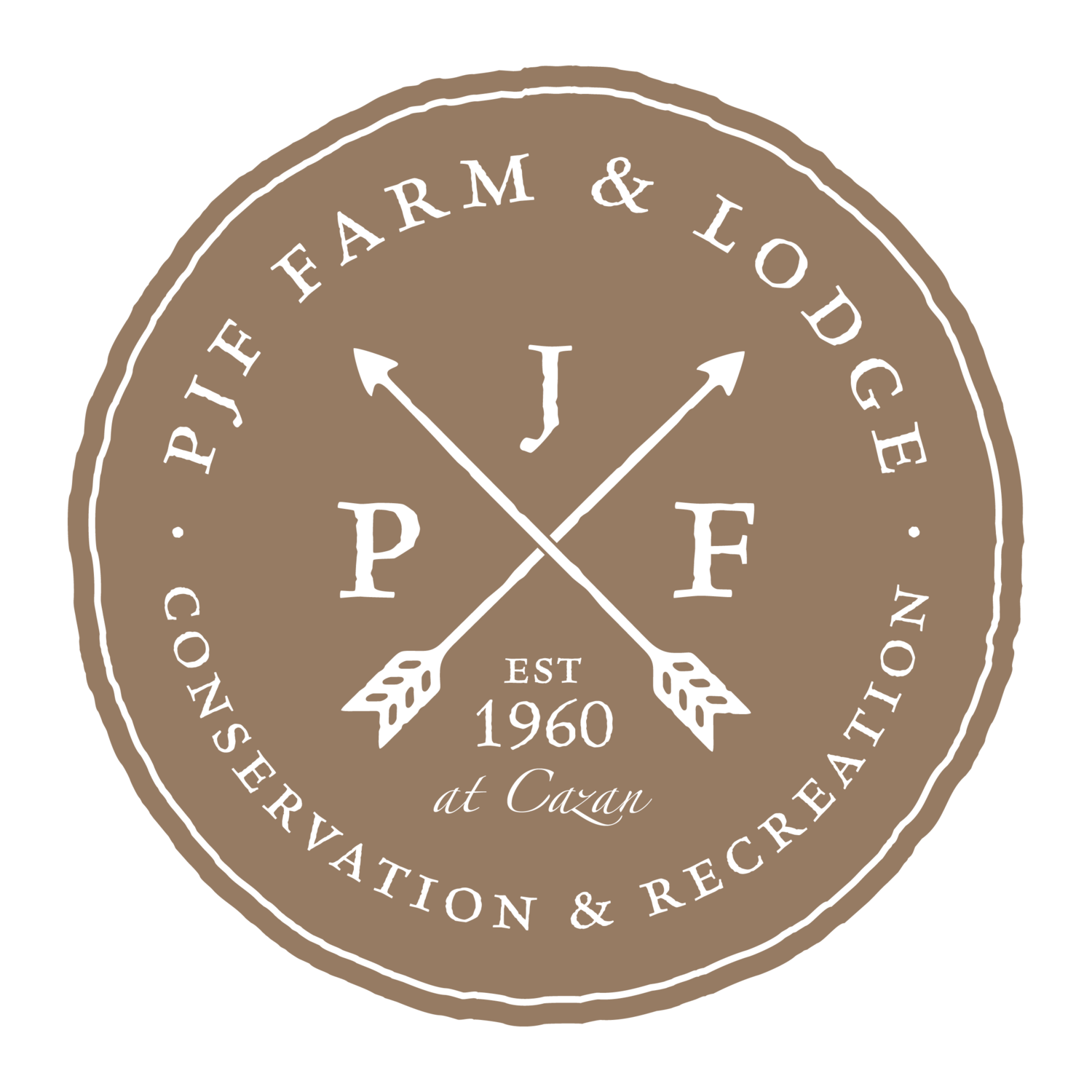
habitats
Three of Louisiana’s six Ecoregions converge within PJF Farm’s total 3,439 acres: Mixed Pine-Hardwood Forest from the west and north, Red River Bottomlands from the east, and Coastal Tallgrass Prairie from the south.
Each ecoregion contains numerous different habitat types. A habitat is a place where plants and animals get their food/nutrients, water, and shelter – a place to live. In Louisiana there are over 70 distinct habitat types, sometimes referred to as plant communities. PJF Farm is divided into 6 distinct habitat types.
Meet Our Habitats
Mixed Pine-Hardwood Terrace Forest
Includes typically hilly topography. At the Farm, this particular habitat type is found on dry ridgetops created by the overwash of Red River sediments on top of the Prairie Terrace, the last of Louisiana’s Pleistocene (Ice Age) terraces. Our ridgetops are co-dominated by loblolly pine mixed with a wide diversity of hardwood trees – particularly oaks and hickories – and shrubs. About 372 acres of this plant community exist at PJF Farm.
Hardwood Slope/Southern Mesophytic Forest
Occurs just downslope of the Mixed Pine-Hardwood Forest ridges. Perhaps the loveliest of all Gulf Coast forest types, this habitat is dominated by American Beech and assorted oaks and hickories. It is most beautiful in early spring when ephemeral plant species such as Louisiana Trillium, Mayapple, Woodland Phlox, Spring Cress, and Crane-fly Orchid decorate the forest floor. The total coverage of this habitat type at PJF Farm comes to 960 acres and is best represented along both the Lil Bleu and White-tail trail loops.
Bottomland Hardwood Forest
Found down in the Red River bottomlands along the riparian corridors of Bayous Chicot and Cocodrie and along the diversion channel that the latter shares with Bayou Boef.
Hackberry is the dominant tree in the lower elevation portions of this forest type, along with water oak, live oak, and honey locust. Five species of oak have been identified within this habitat type thus far.
In addition to typical lowland bottomland hardwood plant species, better-drained parts of the riparian forest corridor also contain “second bottom” or “bench” type hardwood species such as Swamp Chestnut Oak and Pecan.
The Bottomland hardwood habitat at PJF Farm presently totals only 61 acres. Long-term conservation plans include the restoration of more of this plant community. This habitat type is best viewed from the Cocodrie trail loop.
Cypress-Tupelo Swamp and Open Water
These two habitat types have been combined for the sake of convenience in reporting the various plants and animals that make their homes there. Swamps are permanently flooded forests and feature mostly bald cypress trees along with tupelo gum and swamp red maple. Open-water “lake” ( = non-forested) areas are dotted within the centers of the Cypress-Tupelo Swamps as well, hosting different suites of plants and animals. Approximately 375 acres of Cypress-Tupelo Swamp exists at PJF Farm, including portions that host spectacular mixed waterbird nesting rookeries each spring.
At the northern apex of the property, a relatively deep 76-acre open water lake exists, formed by the mining of sand for use as the road foundation of nearby Interstate-49. Each winter, this lake hosts large numbers of resting/roosting duck species, along with numerous songbirds around its forested perimeter.
Miscellaneous Grasslands
The presence of relict populations of coastal prairie plant species along the gas pipeline right-of-way at the Farm alerted us to the probability that “fingers” of Coastal Tallgrass Prairie once snaked into the property from the south, meandering mostly between the Mixed Pine-Hardwood Terrace Forest ridges and the edge of the Red River floodplain escarpment.
Presently, only a few relict prairie plant species have been found, often mixed in with exotic range/pasture grasses.
This habitat type also includes artificially maintained grasslands along roadsides along with the 20-acre pipeline right-of-way at PJF Farm. Discussions are underway regarding restoring Coastal Prairie habitat along selected stretches of roadsides and the pipeline right-of-way.
Agricultural Lands
Approximately 1,546 acres of the Farm are currently cultivated for rice and crawfish on a year-round rotational basis, providing additional wetland habitat for numerous native plants and animals. Throughout the rice country in southwestern Louisiana, the complementary aspects of rice/crawfish aquaculture and wildlife conservation have been studied and documented.
Nearly all waterbird species (herons, egrets, ibis, ducks and other waterfowl, sandpipers, plovers, and other shorebirds, coots, rails, gallinules, etc.) greatly benefit from the food and cover provided by rice and crawfish cultivation.
These agricultural lands also include long borders of dense, shrubby vegetation associated with hedgerows and irrigation canals. Year-round, these areas are inhabited by a rotating cast of scrub-loving songbirds (vireos, wrens, sparrows, warblers, buntings, and grosbeaks). Songbird populations quadruple along these shrubby places during the winter months!






